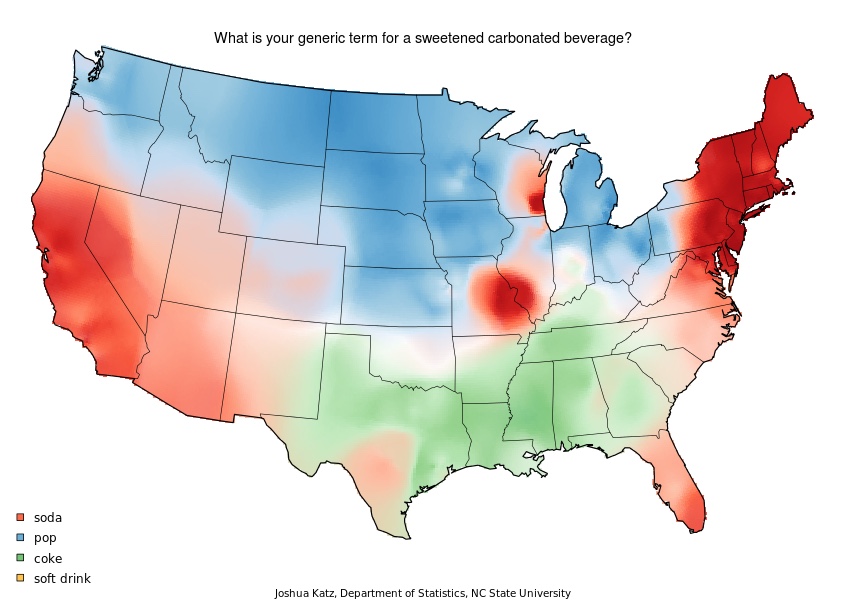Speaking the right language? The importance of customer profiling
An important part of great marketing is speaking the right language!
If you know who you are trying to reach with your sales and marketing messages, the next step is to figure out what language they speak. No, not if they speak English, Spanish, Chinese, Russian or French. That’s important, of course, but for the purposes of this discussion, we’ll assume you have that figured out.
This principle is #25 of Valcort’s 35 Keys to Business Growth: “Creative advertising, public relations and promotions speak to the customer in a language they understand. It is engaging, consistent, and clearly communicates the unique value you offer.”
The language questions we’re thinking about: Do they speak millennial? Do they speak Deep South? Do they speak techie, or sport, or music? Determine this by creating customer or prospect profiles. These are mini character sketches of various audiences, including things like age or age range, gender (if that matters to your product), geography, ethnicity, income, likes and dislikes, emotional struggles, habits, political persuasion, faith group, pastimes, frustrations.
The language differences within the U.S. aren’t as easy to figure out as you might think. Check out this fascinating article with 22 maps showing how different Americans pronounce different words.
Here’s one of my favorites, simply because it’s a bone of contention in my home. Check out the divide on the right word to identify a “sweetened carbonated beverage.”
Building profiles
The best way to build profiles of current customers is to interview them face to face or on the phone.
To determine prospect characteristics, you may have to make some assumptions based on product and past sales data. And then test the assumptions.
Surveys can help you, too – such as a poll of frequent customers. But don’t forget to look at the actuals. It pays to know what they’re doing, not just what they say they are doing.
By language we mean not just the words and language style people use, but also the methods or tools that need to be used to reach different profiles and demographics.
Quicksprout has a nice cheat sheet on the ways different demographic groups consume content. Here’s just a taste:
Best ways to reach baby boomers:
- Facebook. The majority of baby boomers have a Facebook account. Targeted ads and relevant content will catch their attention.
- Content marketing. Baby boomers consume a lot of content, so content marketing will be effective. Be willing to invest liberally in content marketing of all varieties—it’ll bring the biggest ROI.
- Email. An active email marketing campaign is always important and will be effective in marketing to this demographic.
Best ways to reach Gen-Xers:
- Digital video. 79 percent of Gen-Xers download or stream video online at least once per month. Video holds appeal across generations, but Generation X seems particularly attached to it.
- Twitter. 8.5 million use it regularly. Don’t give up on finding these people on Twitter.
- Blogging. Content of value will help you reap rewards when it comes to this demographic. Keep a laser focus on their pain points and aspirations, and deliver with your content.
- Educational content. Gen-X is recognized as an educated generation with higher high school graduation rates than previous generations. More than 10 percent of this generation are actively pursuing continuing education.
Best ways to reach Millennials:
- Mobile marketing. Everything is about mobile. If your marketing isn’t mobile first, it’s ineffective with or invisible to this generation.
- Social media. Go deeper than just Facebook and Twitter. Find the niche networks where your target audience hangs out.
- Influencer marketing. Whether it’s a social media friend or a well-known influencer within a niche, Millennials respond to peer recommendations.
- The on-demand video revolution is changing the style and consumption of video marketing. The authenticity and real-time nature of Periscope, Snapchat, and other video platforms appeal to Millennials.
Great Creative
Once you have all of this figured out, it comes down to great creative, making sure that:
- The graphics and language are engaging
Graphic design in its purest form is the art of persuasion. It takes only a few seconds for individuals to feel a sense of connection to a brand, logo, or design. Engaging creative elements are crucial to your business and to meeting objectives of your marketing program.
- The messaging is consistent
Having a consistent message across all marketing channels should be a priority for any business and marketing team. Lean heavily on two or three related messages that resonate with your target audience
- The overall communication clearly presents your unique value.
People won’t ever buy from you if they don’t even understand why they should pay attention to you. They’ll pay attention to you only if you present your value proposition, which Kissmetrics calls ”the most persuasive reasons people should notice you and take the action you’re asking for.” You don’t have to be the best in every way. But if you’re the best in at least one way, you’re the best option for the people who value that feature. Something must make you the best option for your target customers. Otherwise, they have no good reason to buy what you’re selling.
Tags: customer profiling, marketing languages, Valcort 35 Keys to Business Growth






